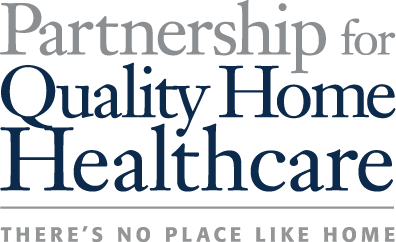September 25, 2020
Fact-Checking Medicare’s Assumptions About Home Health
On January 1, 2020, the Centers for Medicare & Medicaid Services (CMS) began implementing the Patient Driven Groupings Model (PDGM), which included a 4.36% rate reduction to the Medicare home health benefit purely based on three behavioral assumptions.
Yet, according to a new analysis, CMS’s assumptions have been significantly incorrect in two of the three areas of assumed changes.
The two areas where CMS’s assumptions were largely not in line with actual provider behaviors in 2020 were Clinical Group Coding and the volume of Low-Utilization Payment Adjustment (LUPAs) care episodes:
- Clinical Group Coding: HHAs did not change their documentation and coding practices to put the highest paying diagnosis code as the principal diagnosis code in order to generate higher-paying clinical group, as CMS predicted.
- LUPAs: HHAs did not add extra visit(s) solely in order to receive a full 30-day episode payment and reduce LUPA payments, as CMS predicted. In fact, LUPAs actually increased significantly (due to COVID-19 and other effects) upon implementation of PDGM for several months before moderating to levels still higher than projected. This assumption represented the second most significant reduction to HH payments. Given the uncertainty of the impact of COVID-19, even in 2021, LUPA volume will certainly continue to be higher than CMS projected.
Because of these false assumptions and other dynamics related to COVID-19, Medicare home health spending has been significantly reduced, below expected spending for this important program. Without taking action to mitigate this, Medicare spending for the home health program could continue to fall, and negative consequences could occur for providers, patients and families. Keeping the Medicare home health program stable and secure remains an important priority, especially during the unprecedented COVID-19 public health emergency, which has already put an enormous amount of financial and operational stress on the home health provider sector.
CMS should take the lessons learned through the first part of 2020 as information confirming that billing behaviors did not change as predicted, therefore cuts associated with PDGM should be eliminated . We urge CMS to discard any previous assumptions and projections of providers’ behavioral response to PDGM and eliminate the 4.36% behavioral adjustment cut for home health payment rates for the remainder of CY2020 and in the proposed CY 2021 rates.
